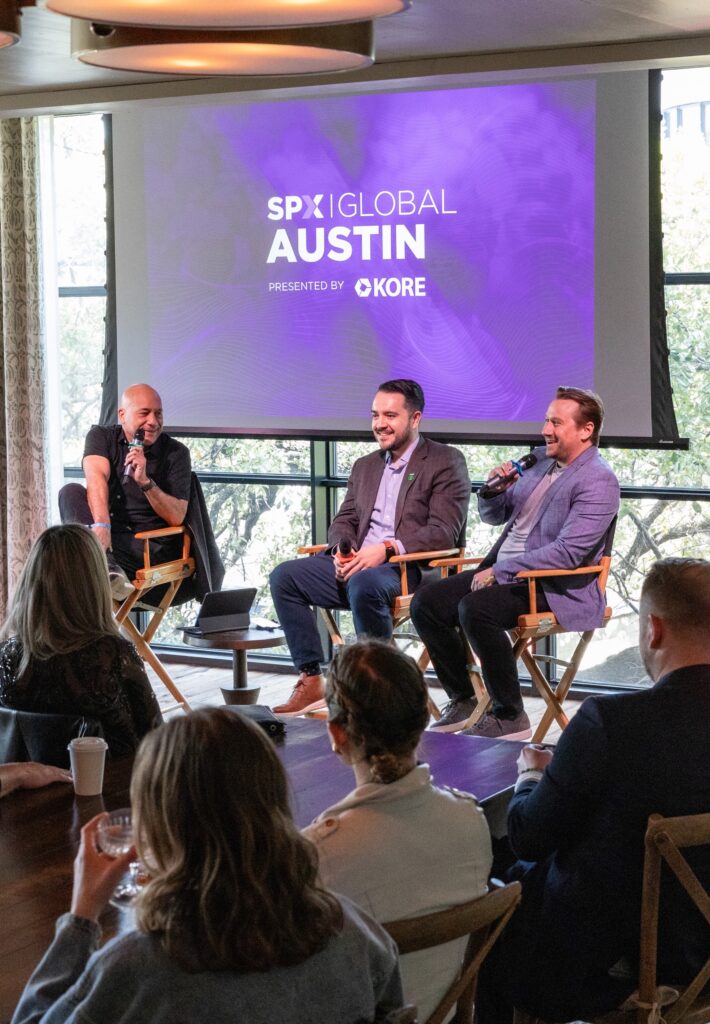There is an old expression that the “truth hurts.”
In today’s business landscape, however, we must be bold in the truth. More importantly, we can no longer hide from it as the proliferation of data, analytics, and insights that we now have at our fingertips is almost unlimited.
On Sunday, at the Soho House Austin, I moderated a panel on the role of data in Sponsorship Success as part of our new SPX Global series of networking events. When a question from the audience was presented to our panelists, “What do you do when a sponsorship program isn’t going well?” – that panel segment became unofficially entitled “Don’t Be Afraid of Truth.”
It’s good news for the sponsorship marketing world that the opportunities and accessibilities to data are becoming more prolific daily. Our panelists, Adam Grow of KORE and Harrison Kim of AUSTIN FC are accomplished experts in leveraging data to measure sponsorship effectiveness, so I will not try to match their wisdom. Instead, I will share my key takeaways and develop a hypothesis from their words.
Adam and Harrison got me thinking.
What struck me most is that data tools now allow us to correctly answer our business’s oldest question and statement: that sponsorship programs must be aligned with objectives. While this could be considered table stakes, it is now a breakthrough because we can not only measure the return that sponsors receive; we can predict it.
Austin FC has a significant partnership with YETI, and one of their major corporate strategies is around sustainability, which they want to integrate into their partnership. This need requires Austin FC to provide a unique set of data points about how they are meeting their sustainability goals. This is a whole new avenue for partnership activation, but only if properties are willing to provide the metrics that withstand the scrutiny that comes with sensitive topics such as ESG.

Employee engagement continues to rise as a crucial metric for any major sponsors. Hospitality today is not just for customers and clients but also for your team. Alignment with properties needs to be more than just a brand fit; it should connect to employee values and inspire them to contribute to their employer’s and their partners’ purpose.
One of the best questions from the audience was specific to how data, both first-party and second-party, is being utilized to understand the fan journey. Understanding the fan journey, akin to the consumer journey for any B2C brand, is a significant priority for many teams, leagues, and sponsors. With today’s fluid fan, the need to understand which team(s) they cheer for, how they consume the sport, where they socialize their sport, and with whom are all vital. Fans move around and adopt primary and secondary teams, and brands want to know every step they take. Today, you can harness technology to learn more about these fans and provide them with a more customized experience, increased satisfaction, and more commercial value for sponsors.

The big winner in big data won’t just be the big players. As we leverage data to push both valuation and evaluation, we will unearth the truths about the impactfulness of properties we may have overlooked. Properties that may not have the broadcast reach or traditional impressions often will deliver more resonance, credibility, and precision than previously understood. Data will prove that and come to the rescue of the frequently ignored property.
The truth and consequences of understanding what’s working and what’s not are ears to be embraced, studied, and appreciated.
